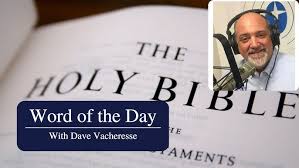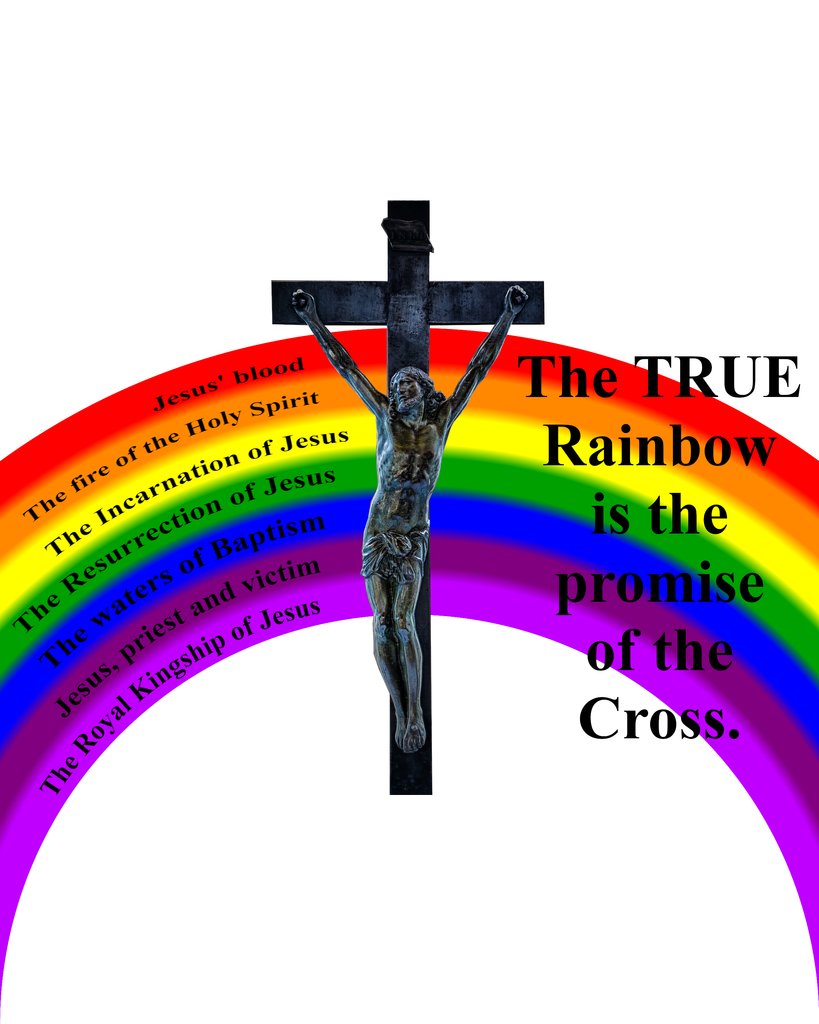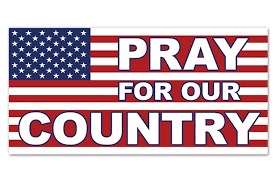Liturgy For Dummies Part MXVII
“You’re traveling through another dimension, a dimension not only of sight and sound but of mind; a journey into a wondrous land whose boundaries are that of imagination. That’s the signpost up ahead — your next stop, the Twilight Zone.” —Rod Serling
Well not the Twilight Zone exactly, but close.
I’ve been attending a well-known arty-liberal church in Manhattan called St Marks in the Bowery. It has an excellent priest, a rising star of international liberal Anglicanism, called Winnie Varghese. It nearly always has amazing visiting musicians, often gospel-singers, which helps. But the main attraction is that it feels inclusive, participatory. The pews have gone, and the seats are arranged in an oval. There is no organ – both it and the pews were casualties of a fire some years ago – a godly fire in my view. I consider organ music too loud, too powerful – it alienates, cows. Instead, the liturgy is accompanied by a piano.
For the most part, let’s be honest, there is nothing very remarkable about the service: readings and hymns, the choir doing a turn, prayers, the slightly awkward business (if you’re a proper Englishman like me) of shaking people’s hands at “the Peace”, listening to a sermon, saying the creed together.
But then things change gear. The climax of an Anglican service is communion, or eucharist, but normally it doesn’t feel like much of a climax; one stays in one’s pew as the vicar gets busy at the altar, and then one lines up to receive the bread and wine. Here it is different: we all come forward and stand in a circle round the altar. The liturgy is mostly said by the priest, but we join in with a few setpiece prayers together, one or two of which are sung with gusto, and it’s at this point I get a strange sensation: we are not dutifully going through the motions, but performing a ritual that feels alive. It is a bit like participating in a play in a theatre-in-the-round. There is a sense of dramatic excitement. We pass the bread and wine round in a circle, announcing “The body of Christ, the bread of heaven”, and “The blood of Christ, the cup of salvation”. There is a palpable sense, that I have never really had in English churches, that this ritual is powerful. At the risk of sounding a bit pretentious, there’s a sort of primal force to it, not unrelated to a primitive rain-dance. We are doing something strange, other, mysterious: group sign-making of the most basic kind.
The fellow who wrote these precious and adolescent words indicates in his article that he is thinking of leaving the..ahem..too conservative C of E for the Episcopal Church. That about sums it up, don’t it?
One final note. Just like there is no “I” in team, there is no “M” or “E” in liturgy. If there is, you are doing it wrong.







